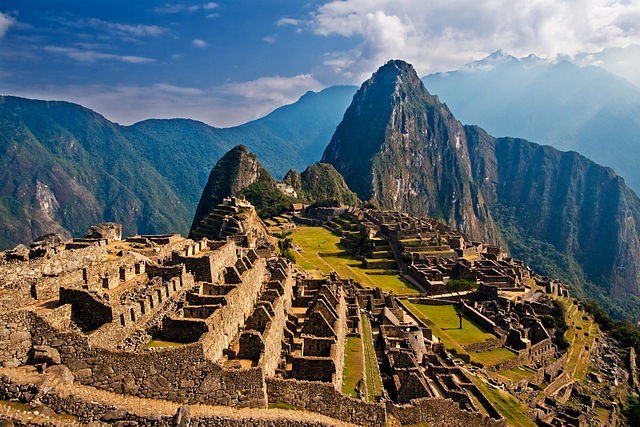Long back in 1560s, the once mighty empire of the Incas was taking its last breaths. The Conquistadors from Spain under the leadership of Fransisco Pizzaro had all but annihilated the Incas and were about to wipe out almost all their population the coming decade. The last Inca king was on run and the royal family was in desperate need of a safe refuge from the marauding Spaniards. It was then that they sought their last refuge in the city of Machu Picchu, which became the last capital of the forsaken empire which was soon lost forever.
Today Machu Pichu bears a silent testimony to the tragic story of a great civilization which flourished for centuries, controlled vast territories of a continent, but was brought down to its knees and then destroyed completely by just a few horsemen from another continent. This city happened to be the last shelter of those who were no match to the savagery, cunningness and greed of the pale looking aliens from distant lands with a sword in one hand and a cross in another.
Standing at 2430 m above sea level in the middle of a tropical rain forest, Machu Picchu is considered an extraordinarily beautiful city. It was probably the most amazingly well planned urban creation of the Incas at their zenith; its giant walls, terraces and ramps seem as if they are a part of the continuous rock formations. The setting on the eastern slopes of the Andes encompasses the upper Amazon basin with its rich diversity of flora and fauna.
Since Machu Pichu was never discovered by the Spaniards, it escaped vandalism and destruction at their hands. Therefore, many of the religious artifacts of the Incas are intact inside this city giving us a glimpse of their lives and culture.
When I read first about Machu Pichu, it was during the course of my research to discover El-Dorado. I was so fascinated by the stories of Incas and this particular place that it became a permanent part of my dream. Someday, I will be there with the Incas, El Dorado or not. I have to.
— To be updated after I have been there —

